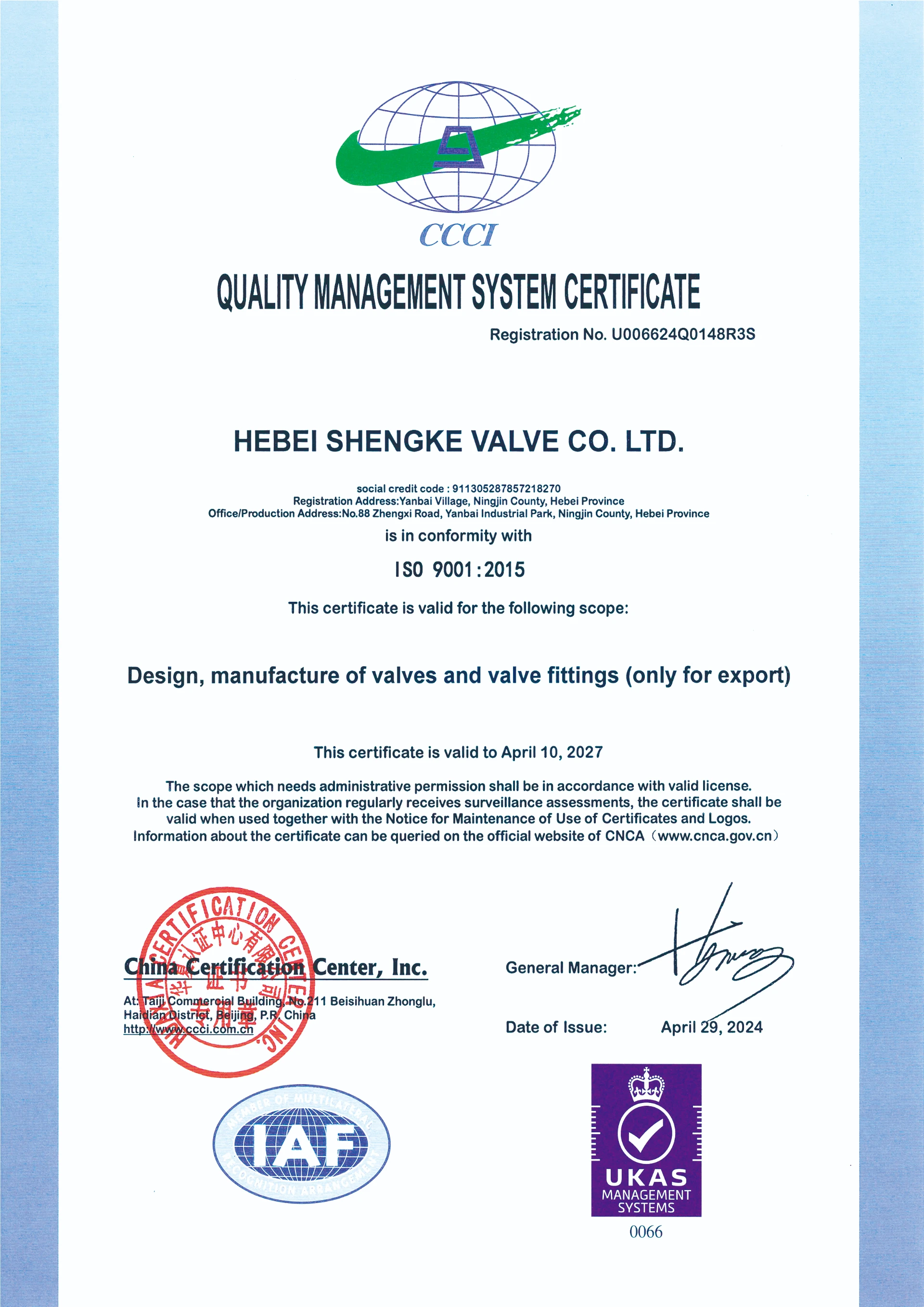Nov . 19, 2024 20:10 Back to list
Understanding the Function and Importance of Foot Valves in Fluid Systems
Understanding Foot Valves Essential Components in Fluid Systems
Foot valves are crucial components in various fluid systems, particularly in pumps and water supply applications. They play a vital role in ensuring efficient and reliable operation by maintaining the prime of the pump and preventing backflow. Despite their small size, foot valves significantly impact the overall performance and longevity of pumping systems.
What is a Foot Valve?
A foot valve is essentially a check valve installed at the inlet of a pump, submerged in the fluid source, such as a well or a pond. Its primary function is to allow fluid to enter the pump while preventing it from flowing back into the source when the pump is turned off. This mechanism is particularly important in applications where the pump must maintain its prime to operate effectively.
How Does a Foot Valve Work?
The design of a foot valve typically includes a strainer or filter to prevent debris and larger particles from entering the pump, which could cause damage or reduced efficiency. The valve consists of a flapper or disk that opens when the pump creates a vacuum or negative pressure, allowing fluid to flow in. When the pump is turned off or when there's a drop in pressure, the flapper closes tightly against the valve seat, creating an airtight seal that prevents backflow.
This simple yet effective design is crucial for maintaining the flow of liquid and ensuring that the pump does not lose its prime. When a pump loses its prime, it can lead to cavitation, reduced efficiency, and potential damage to the pump components, which can be costly both in terms of repairs and downtime.
Applications of Foot Valves
Foot valves are used in various applications, including
1. Water Wells In deep wells, foot valves help to ensure that the pump remains primed, allowing for continuous water extraction.
2. Irrigation Systems Foot valves are integral to agricultural irrigation setups, where they allow for the consistent delivery of water to crops.
foot valve

3. Commercial and Industrial Applications Industries such as manufacturing and processing often require foot valves in their fluid handling systems to maintain pressure and prevent contamination.
4. Fire Protection Systems In fire suppression systems, foot valves ensure that water can be quickly accessed while preventing water from leaking back into the source.
Choosing the Right Foot Valve
Selecting the appropriate foot valve for a specific application requires careful consideration of several factors
- Material Foot valves can be made from various materials, including brass, stainless steel, and plastic. The choice of material will depend on the fluid being handled and the environmental conditions.
- Size The valve must be the correct size to match the pump and plumbing system to ensure optimal performance.
- Flow Rate Valves are rated for different flow rates, and selecting one that matches the system's requirements is essential for efficiency.
- Strainer Type The type of strainer used can affect the lifespan of the valve. A finer strainer might be necessary for systems prone to sedimentation.
Conclusion
In summary, foot valves are indispensable in fluid systems, ensuring pumps operate efficiently and effectively. By preventing backflow and maintaining the prime, these small yet mighty components contribute significantly to the reliability and longevity of various applications, from water supply and irrigation to industrial processes. Understanding the importance and functionality of foot valves can aid in better system design and maintenance, ultimately leading to improved performance and reduced operational costs.
Share